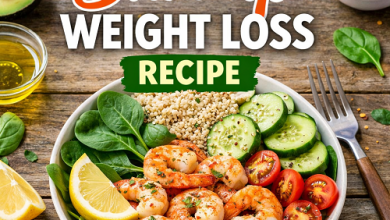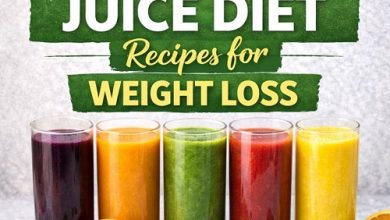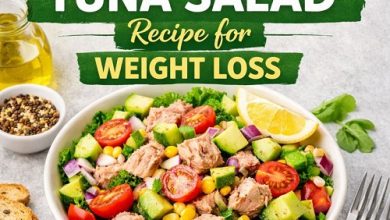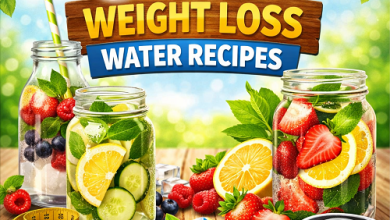The Ultimate 7-Day Meal Plan to Reduce Visceral Fat (Beginner-Friendly!)
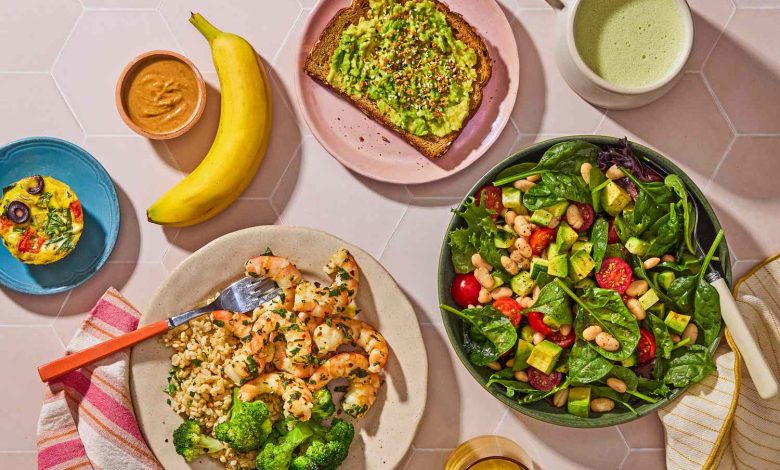
When it comes to improving your health and reshaping your body, losing visceral fat—the dangerous fat stored around your organs—should be a top priority. Unlike subcutaneous fat (the fat you can pinch under your skin), visceral fat is linked to serious health risks such as type 2 diabetes, heart disease, stroke, and certain cancers. The good news? You can start melting away visceral fat with the right nutrition strategy.
A beginner-friendly 7-day meal plan specifically designed to reduce visceral fat. You’ll learn what foods to focus on, what to avoid, and how to structure your meals for sustainable weight loss and long-term health.
Understanding Visceral Fat
Before diving into the meal plan, it’s important to understand why visceral fat is different:
- Location: Visceral fat surrounds internal organs (liver, pancreas, intestines), while subcutaneous fat sits under the skin.
- Health Risks: High levels of visceral fat increase insulin resistance, blood pressure, and inflammation.
- Appearance: You might not always see visceral fat—it can hide under a relatively slim frame. That’s why waist measurements and lifestyle are better indicators than weight alone.
Reducing visceral fat requires a mix of calorie control, nutrient-dense foods, and metabolic-boosting habits. This 7-day plan does exactly that.
Key Principles of This Meal Plan
- Balanced Macros: Each meal includes lean protein, fiber-rich carbs, and healthy fats.
- Blood Sugar Control: Foods with a low glycemic index (GI) stabilize insulin and prevent fat storage.
- Calorie Deficit: Meals are structured to create a gentle calorie deficit for fat loss.
- Anti-Inflammatory Foods: Omega-3s, leafy greens, and antioxidant-rich ingredients help reduce inflammation linked to visceral fat.
- Beginner-Friendly Prep: Recipes use simple ingredients and minimal cooking skills.
Foods to Prioritize
- Lean Proteins: Chicken, turkey, fish, eggs, tofu, legumes
- Healthy Fats: Avocados, nuts, seeds, olive oil, fatty fish
- Fiber-Rich Carbs: Vegetables, fruits, quinoa, oats, brown rice, sweet potatoes
- Fermented Foods: Yogurt, kefir, kimchi (support gut health and fat metabolism)
- Hydrating Drinks: Water, green tea, herbal teas
Foods to Limit or Avoid
- Processed foods high in refined sugar and flour
- Sugary beverages (sodas, fruit juices, energy drinks)
- Trans fats and fried foods
- Excess alcohol (especially beer and sugary cocktails)
- Highly processed snacks (chips, candy, pastries)
The 7-Day Beginner-Friendly Meal Plan
Each day includes breakfast, lunch, dinner, and a snack option. Portion sizes can be adjusted based on your calorie needs, but this plan averages 1,600–1,800 calories/day, a safe range for most beginners.
Day 1: Reset and Recharge
Breakfast:
- Greek yogurt (unsweetened) with fresh blueberries, chia seeds, and a drizzle of honey
- Green tea
Lunch:
- Grilled chicken breast with quinoa and roasted broccoli
- Side salad with olive oil & lemon dressing
Dinner:
- Baked salmon with steamed asparagus and a small baked sweet potato
- Herbal tea
Snack:
- Handful of almonds + one apple
Day 2: Fiber and Protein Focus
Breakfast:
- Oatmeal topped with banana slices, walnuts, and cinnamon
- Black coffee or green tea
Lunch:
- Turkey and avocado lettuce wrap with tomato and cucumber
- Side of carrot sticks and hummus
Dinner:
- Stir-fry with shrimp, mixed vegetables, and cauliflower rice
- Sparkling water with lemon
Snack:
- Cottage cheese with pineapple chunks
Day 3: Gut-Friendly Boost
Breakfast:
- Smoothie with spinach, frozen berries, flaxseeds, and unsweetened almond milk
- One boiled egg on the side
Lunch:
- Lentil and vegetable soup with whole-grain toast
- Mixed greens with balsamic vinegar
Dinner:
- Grilled chicken thighs with zucchini noodles and marinara sauce
- Side of roasted Brussels sprouts
Snack:
- Plain kefir with sliced strawberries
Day 4: Anti-Inflammatory Choices
Breakfast:
- Two scrambled eggs with spinach and mushrooms
- One slice of whole-grain toast with avocado
- Green tea
Lunch:
- Grilled salmon salad with arugula, cherry tomatoes, cucumbers, olive oil, and lemon juice
- Small serving of quinoa
Dinner:
- Turkey chili with kidney beans and bell peppers
- Side of steamed broccoli
Snack:
- Celery sticks with almond butter
Day 5: Metabolism Booster
Breakfast:
- Protein smoothie (protein powder, unsweetened almond milk, chia seeds, frozen banana)
- Herbal tea
Lunch:
- Baked cod with roasted sweet potatoes and green beans
- Cabbage slaw with apple cider vinegar
Dinner:
- Chicken stir-fry with bok choy, carrots, and snap peas over brown rice
- Sparkling water
Snack:
- Handful of walnuts + one orange
Day 6: Plant-Powered Energy
Breakfast:
- Chia pudding with almond milk, raspberries, and pumpkin seeds
- Black coffee
Lunch:
- Quinoa and chickpea salad with cucumbers, parsley, olive oil, and lemon
- Side of roasted carrots
Dinner:
- Grilled turkey burger (no bun) with avocado and sautéed spinach
- Small serving of mashed cauliflower
Snack:
- Handful of mixed nuts + one pear
Day 7: Balanced and Sustainable
Breakfast:
- Veggie omelet (eggs, onions, peppers, spinach) with one slice of whole-grain toast
- Green tea
Lunch:
- Grilled chicken Caesar salad (use Greek yogurt-based dressing)
- Side of roasted asparagus
Dinner:
- Baked salmon with quinoa pilaf and roasted zucchini
- Herbal tea
Snack:
- Plain Greek yogurt with a sprinkle of cinnamon and sliced kiwi
Meal Prep Tips for Beginners
- Batch Cooking: Grill chicken, bake salmon, and cook quinoa in large batches.
- Snack Packs: Pre-portion nuts, fruit, and veggie sticks to grab on the go.
- Frozen Options: Keep frozen veggies and berries handy for quick meals.
- Hydration: Aim for at least 8 glasses of water daily; dehydration slows fat metabolism.
Lifestyle Habits to Support Visceral Fat Loss
- Stay Active: Combine strength training with cardio for maximum fat burning.
- Sleep Well: Aim for 7–9 hours; poor sleep increases cortisol and belly fat storage.
- Stress Management: Meditation, yoga, or even deep breathing helps reduce cortisol.
- Limit Alcohol: Alcohol adds empty calories and contributes to fat around the midsection.
Why This Meal Plan Works
This 7-day plan works because it:
- Keeps blood sugar stable (reducing insulin spikes that store visceral fat).
- Provides plenty of protein to preserve lean muscle mass.
- Includes fiber to improve digestion, gut health, and satiety.
- Uses anti-inflammatory foods to support metabolic health.
- Creates a manageable calorie deficit without extreme restriction.
Final Thoughts
Visceral fat is one of the most harmful types of fat, but it’s also one of the most responsive to dietary changes. By following this 7-day beginner-friendly meal plan, you’ll give your body the nutrients it needs to start burning fat, balancing hormones, and reducing inflammation.
Remember: this is not a crash diet but a sustainable blueprint. After completing the 7 days, you can mix and match meals, repeat the plan, or gradually adapt it to your lifestyle. Pair it with consistent exercise, stress reduction, and quality sleep, and you’ll be on the path toward not only losing visceral fat but also improving your overall health and longevity.

